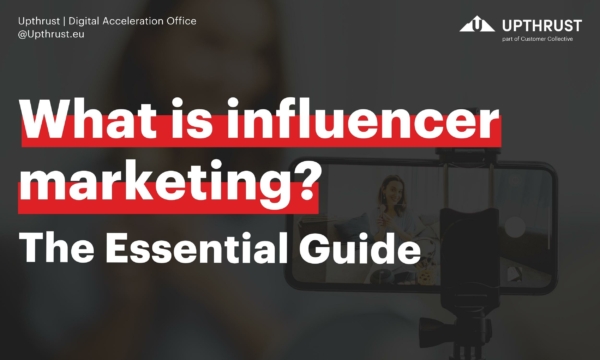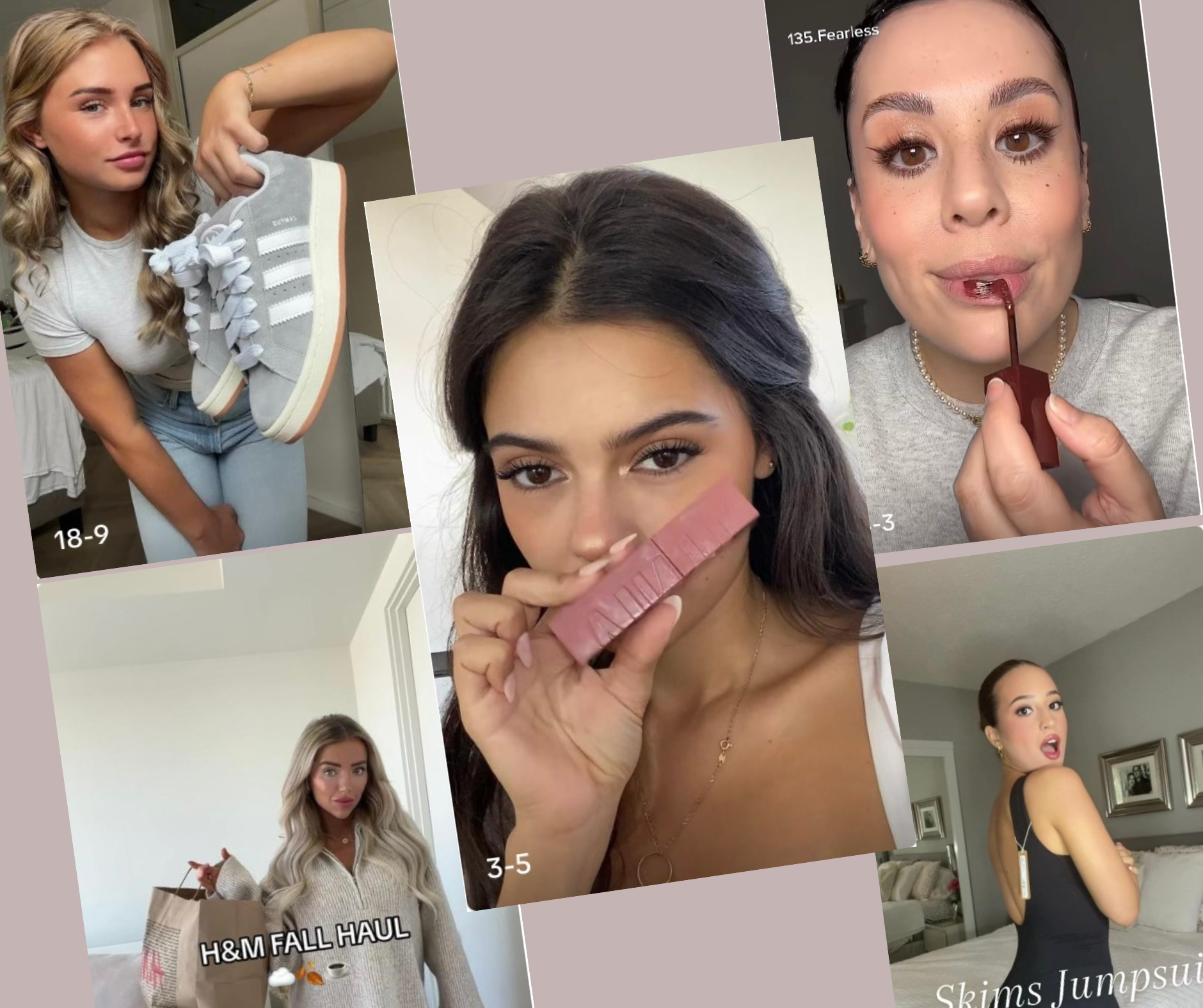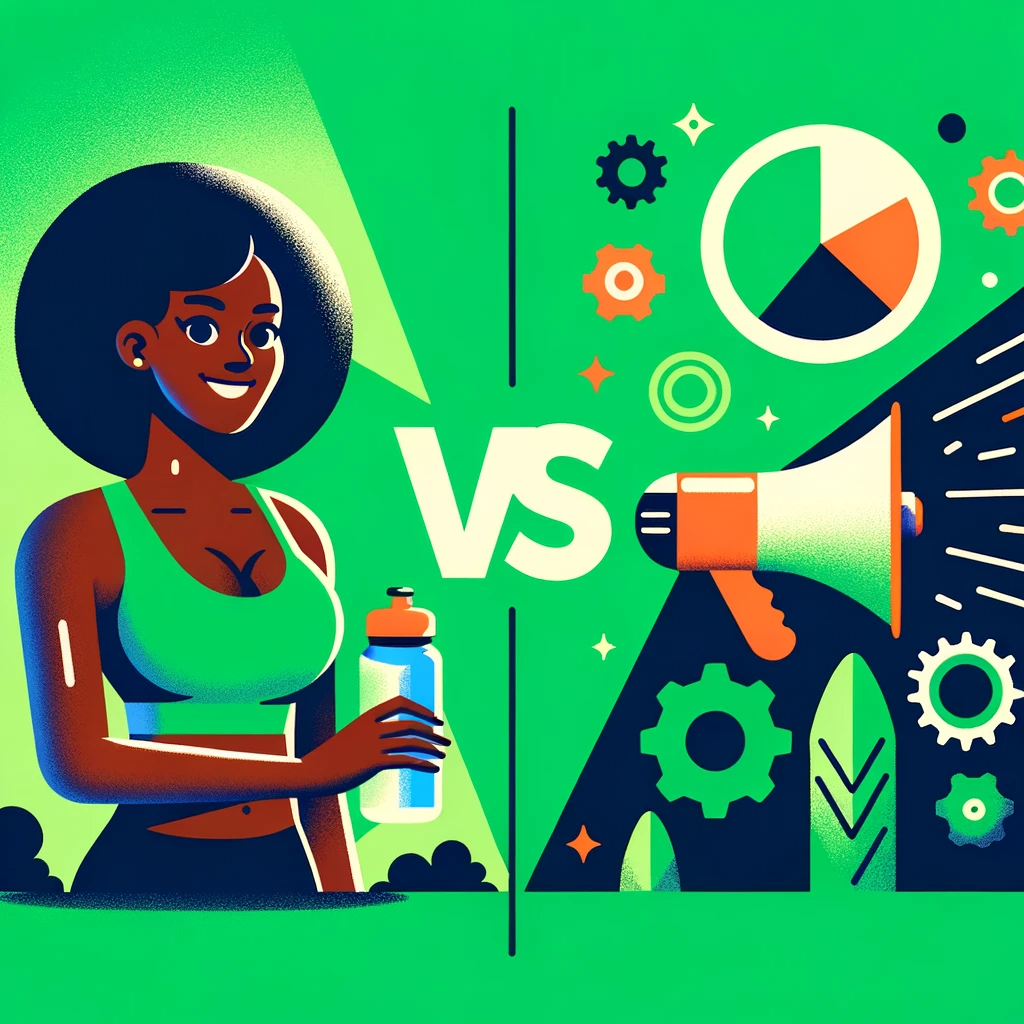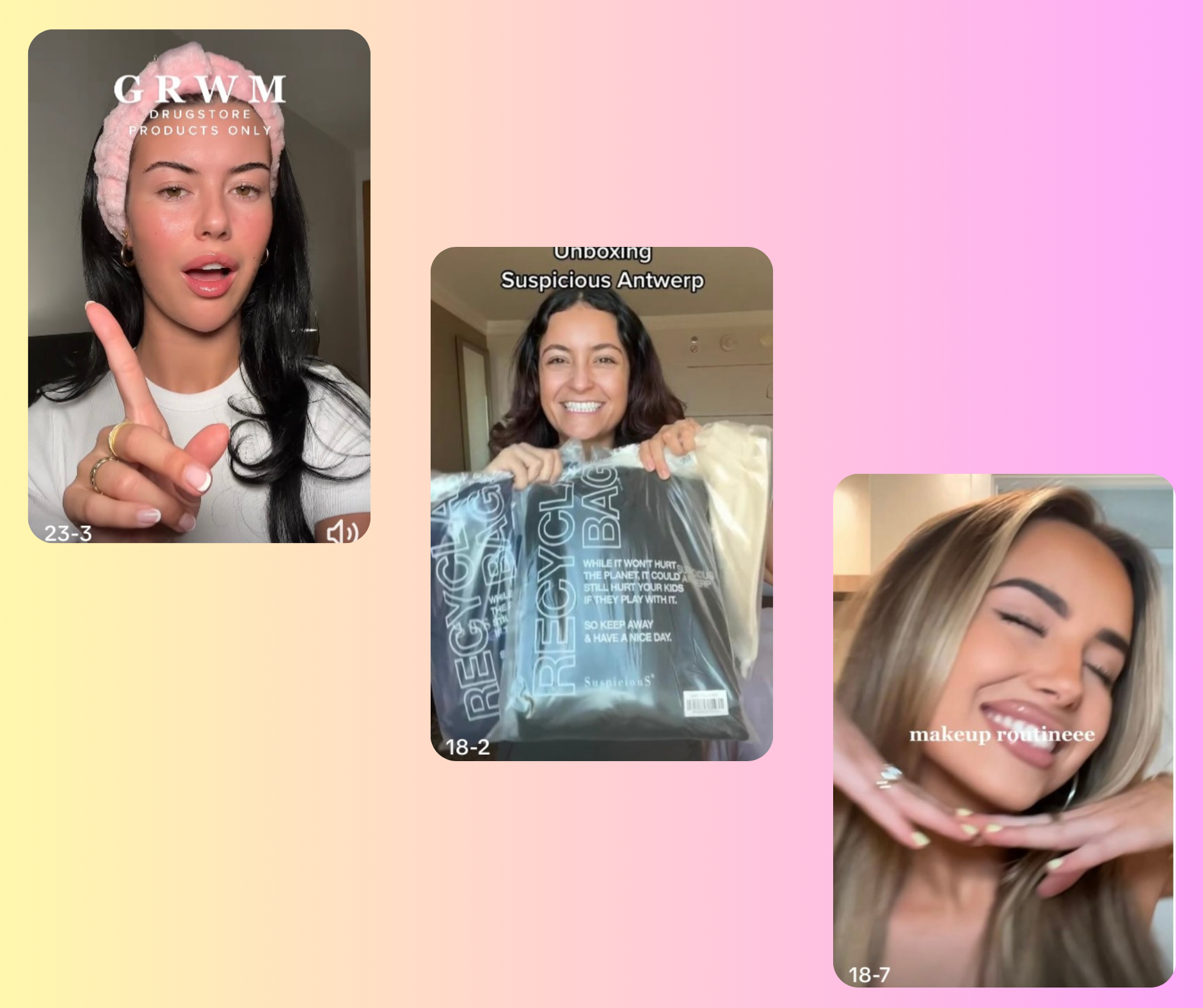What Is Influencer Marketing? The Essential Guide

In the ever-evolving world of advertising, influencer marketing has notably revolutionized the landscape, granting brands unique opportunities to authentically engage with their target audience. Through this guide, we’re aiming to empower you with the expertise to not only leverage influencers but also to adeptly navigate the shifting terrains of social media and craft strategies that yield tangible ROI. So, strap in and embark on this enlightening journey into the world of influencer marketing, where we’ll guide you to elevate your brand to unprecedented heights.
Key Takeaways
- First and foremost, influencer marketing stands out as an effective avenue for businesses to authentically reach potential customers, swaying their purchasing decisions.
- Additionally, brands can pinpoint the right types of influencers by diving deep into understanding the distinct strengths associated with mega, macro, micro, and nano-influencers.
- Lastly, to truly maximize ROI in campaigns, it’s pivotal to diversify partnerships, leverage a spectrum of platforms, and champion genuine engagement.
The Evolution of Influencer Marketing
Tracing back to its roots, influencer marketing has journeyed a considerable distance since its inception. In its nascent stage, it was uncharted territory; however, as time progressed, it burgeoned into a dominant force in the marketing arena. Cast your mind back to the early 2010s; influencer marketing was predominantly limited to celebrity endorsements and a sprinkle of sponsored social media posts. Big brands would often gravitate towards popular celebrities for product endorsements, but such ventures came with a hefty price tag, often placing them out of reach for many.
Yet, with the meteoric rise of social media platforms like Instagram and YouTube, a paradigm shift occurred. A novel breed of influencer was birthed:
- Micro-influencers: Essentially, these are individuals who may not have the vast follower counts of celebrities but possess smaller, yet intensely engaged audiences. This shift not only made influencers more accessible and affordable for brands but also catalyzed the surging popularity of influencer marketing.
Fast forward to today, influencer marketing is no longer just about individual influencers. It has metamorphosed into a multifaceted industry, buttressed by agencies, cutting-edge tools, and state-of-the-art technology, all converging to aid brands in realizing their marketing aspirations.
- A point to note is the vast spectrum of influencers available to brands, ranging from mega influencers boasting millions to nano influencers with a following in the thousands.
Fundamentally, the ascendancy of influencer marketing has rewritten the playbook on how brands connect with consumers. It has seamlessly integrated itself as an indispensable cog in the marketing machinery. And as technology continues to leap forward, we’re on the cusp of witnessing even more groundbreaking evolutions in the realm of influencer marketing.
Understanding Influencer Marketing: The Basics

Influencer marketing harnesses individuals with active, engaged followings to authentically promote a brand’s products or services. This approach, compared to traditional advertising and social media marketing, often fosters deeper consumer trust and engagement. Any business can use influencer marketing to turn followers into loyal customers, making it highly effective.
Social media platforms are crucial for influencer marketing, providing the stage for influencers to promote products on platforms such as:
Instagram
Facebook
TikTok
LinkedIn
Influencer marketing hub hubs enable brands to discover resonant influencers, collaborate on posts, and establish a direct link to interested potential customers, enhancing their marketing strategies.
What is Influencer Marketing?
Influencer marketing involves a joint effort between brands and individuals with a substantial online following. This partnership promotes products or services and utilizes their influence to reach potential customers. These influencers have a noteworthy social media presence and the ability to affect their followers’ purchasing decisions. Unlike traditional advertising methods, influencer marketing focuses on fostering genuine connections with influencers.
This authenticity is the cornerstone of successful influencer campaigns, resonating with the audience and driving desired actions.
The Role of Social Media Platforms
Influencer marketing depends on social media platforms, where influencers engage with followers and share sponsored content. Facebook and Instagram are the most popular for this, enhancing brand recognition and reaching a large, active user base.
With over 1.386 billion active Instagram users and 996 million daily Instagram Stories users, brands can leverage influencers for authentic engagement and enhanced visibility.
Influencer Marketing vs Traditional Advertising

Compared to traditional advertising, influencer marketing offers targeted, authentic outreach, often resulting in higher engagement and trust. Unlike celebrity endorsements with uncertain ROI, influencer marketing allows precise tracking of likes, shares, and online discussions.
Partnering with the right influencers allows brands to reach inaccessible potential customers, offering trust and credibility unmatched by traditional advertising.
However, traditional marketing is the practice of using typical advertising techniques to promote a brand, product, or service. It usually involves one-way communication, where the message is sent to the audience without any means of interaction or feedback. Traditional marketing tends to be pricier than digital marketing because it typically requires physical materials or extensive television advertising. Marketing methods take many forms and vary depending on the industry, budget, and marketing objective.
Marketing methods take many forms and vary depending on the industry, budget, and objective of the marketing.
Types of Influencers: Choosing the Right Fit for Your Brand

Influencers vary in size and style, each with distinct benefits and challenges for promoting brands. Brands can optimize campaigns by choosing influencers that align with their goals and strengths.
We will delve into the four main categories of influencers:
Mega influencers
Macro-influencers
Micro-influencers
Nano-influencers
The Power of Influencers: An Apple Watch Case Study
In a recent campaign, we experienced firsthand the importance of influencers, both macro and micro. We collaborated with four Olympic field hockey champions to promote the Apple Watch Series 7. These influencers shared content that highlighted the Apple Watch’s Activity Rings, a feature that motivates many users to stay active.
The results were astounding. Combined, our influencers garnered over 79,160 impressions, leading to 562 visitors to the giveaway landing page. While this might seem like a relatively small percentage at first glance (0.7% of total impressions), it’s important to note that these visitors were highly engaged.
What becomes clear from this is that it’s not always about the absolute number of followers an influencer has. It’s about how engaged those followers are. An influencer with fewer followers (often termed a ‘micro-influencer’) can sometimes have a more engaged audience than a ‘macro-influencer’ with millions of followers. In our campaign, we clearly saw the impact of both macro (42.7k followers) and micro influencers (8 000 followers), demonstrating that a mix of both types of influencers can contribute to the success of a campaign.

Key Elements of an Effective Influencer Marketing Strategy

Creating a successful influencer marketing campaign requires careful planning and execution. Effective strategies maximize ROI and outcomes. We’ll examine the key components of a triumphant influencer marketing campaign, encompassing:
Goal setting
Influencer research
Crafting messages
Monitoring performance
Master these key elements and adapt your approach to achieve optimal influencer marketing results.
Effective influencer marketing hinges on comprehending your audience, defining precise goals, conducting diligent influencer research, crafting compelling campaign messages, and vigilantly monitoring performance. By integrating these crucial elements into your strategy, you’ll not only maximize ROI but also realize your campaign objectives with distinction.
Setting Clear Goals and KPIs
First and foremost, establishing specific goals and key performance indicators (KPIs) is crucial for measuring the success of an influencer marketing campaign. For instance, some examples of campaign objectives include:
Enhancing brand awareness
Stimulating engagement
Generating leads
Increasing sales
Importantly, defining these objectives will help guide your strategy and ensure that your efforts are directed towards achieving these goals.
Moreover, tracking essential KPIs offers insights into your campaign’s performance and guides optimization. For example, key KPIs to monitor include:
Content reach
Engagement rate
Click-through rate
Number of sales
By monitoring these metrics, you can measure the success of your campaign and make data-driven decisions to improve its performance.
Researching and Screening Influencers
Next, thorough research and screening of potential influencers is essential to ensure a successful partnership and avoid wasted resources. In particular, aligning with influencers who resonate with your brand values and target audience can maximize campaign impact and outcomes.
Evaluating an influencer’s:
Content
Audience
Reputation
Prior brand collaborations
can provide valuable insights into their compatibility with your brand and the potential success of your partnership. Thorough research and screening mitigate risks and boost campaign effectiveness.
Crafting Compelling Campaign Messaging
Another vital aspect is developing engaging and relevant campaign messaging. This is crucial for capturing the attention of the influencer’s audience and driving desired actions. For instance, some crucial elements of an effective campaign include:
Crafting content that resonates with your target audience
Offering incentives such as discounts or giveaways
Ensuring that your messaging is consistent across all platforms
By implementing these strategies, you can create a campaign that effectively engages your audience and drives results. Clear guidelines empower influencers to deliver authentic and captivating campaign messaging.
Monitoring and Measuring Campaign Performance
Regularly tracking and analyzing campaign performance helps identify areas for improvement and maximize ROI. Continuously monitor essential metrics like reach, engagement, and conversions to gain valuable insights into your influencer marketing campaign’s performance. Use these insights to make timely adjustments and enhance your campaign’s effectiveness.
Stay vigilant about campaign performance, make data-driven decisions, and continually refine your influencer marketing strategy for optimal brand outcomes.
Influencer Marketing vs Growth Marketing
Growth marketing uses data to enhance customer attraction and loyalty, with the aim of long-term expansion. In this context, influencer marketing acts as a highly effective means for both acquiring and retaining customers.
Looking from an acquisition point of view, partnering with influencers lets brands reach new audiences and generate possible leads. Influencers bridge brands to engaged followers, potentially turning them into curious consumers.
To retain customer loyalty, influencer approval establishes trust among their audience, which in turn solidifies brand perception. Additionally, influencer marketing enhances the brand’s image and prestige, leading to customer allegiance.
Influencer collaborations go beyond acquisition and retention. They increase brand visibility and inspire customer referrals. By partnering with influencers, brands benefit from their social validation and wide-reaching networks to boost their growth momentum.
In essence, influencer marketing is a vital aspect of growth marketing, aiding brands in reaching and retaining their audience. Utilising Influencer Marketing paves the way for brands to engage new demographics, strengthen customer loyalty and ensure sustainable growth.
Common Influencer Marketing Mistakes and How to Avoid Them
Influencer marketing holds substantial potential, but achieving success necessitates steering clear of common mistakes. To ensure your influencer campaigns reach their peak performance and meet your goals, it’s vital to recognize and evade these pitfalls.
Let’s explore three common influencer marketing mistakes and provide guidance on how to avoid them: fixating on follower count, inadequate research and vetting, and stifling creative freedom.
Overemphasis on Follower Count
Concentrating solely on follower count can lead to partnerships with low-engagement influencers, resulting in campaigns that miss their goals. Instead of solely focusing on the number of followers, prioritize audience quality and engagement when selecting influencers for your campaign.
By partnering with influencers who have an engaged and devoted following, you can:
Tap into their genuine influence
Drive more targeted traffic to your products or services
Result in higher conversion rates
Have a more efficient use of your marketing budget.
Insufficient Research and Screening
One common oversight is neglecting proper research and screening. Failing to do so can lead to partnering with influencers who might not be a good fit, resulting in wasted resources and potential damage to your brand’s reputation. Consequently, to steer clear of this pitfall, it’s imperative to conduct thorough research and screening of potential influencers. Specifically, it’s beneficial to evaluate their:
content
audience
reputation
prior brand collaborations
Ultimately, by dedicating the necessary time and effort to properly research and screen potential influencers, you can foster successful partnerships and sidestep the pitfalls of collaborating with ill-suited influencers.
Tips for Maximizing ROI in Influencer Marketing Campaigns
In today’s competitive landscape, optimizing your influencer marketing efforts for the best possible return on investment is more crucial than ever. By implementing key strategies and best practices, significant improvements can be realized. Specifically, we’ll delve into the importance of diversifying influencer collaborations, the advantages of leveraging various platforms, and the significance of promoting genuine engagement. Each of these elements plays a pivotal role in bolstering your ROI in influencer marketing campaigns.
Furthermore, by actively and thoughtfully implementing these strategies, you stand to not only enhance your influencer marketing initiatives but also yield truly remarkable results for your brand.
Diversifying Influencer Partnerships
Collaborating with a variety of influencers can help reach a broader audience and increase overall campaign effectiveness. By partnering with influencers across different niches, platforms, and follower counts, you can tap into a larger pool of potential customers and maximize your brand visibility. Diversifying your influencer partnerships not only increases your reach but also reduces the risks associated with depending on a single influencer, ensuring a more solid and reliable online presence for your brand.
Utilizing Multiple Platforms
Leveraging different social media platforms can expand your brand’s reach and cater to diverse audience preferences. By being present on multiple platforms, you can:
Interact with varied demographics
Focus on distinct segments of your target audience
Reduce the risk of relying excessively on one platform, as changes in algorithms or regulations can affect your reach and visibility.
By broadening your presence, you can optimize your reach and guarantee a more solid online presence.
Encouraging Authentic Engagement
Promoting genuine interactions between influencers and their audience can lead to higher trust, engagement, and conversion rates. Here are some strategies to foster authentic engagement:
Provide incentives such as discounts or giveaways to encourage audience participation.
Craft content that resonates with your target audience, addressing their needs and interests.
Maintain transparency and honesty in all interactions with your audience.
Provide a platform for the audience to express their views and engage in meaningful conversations.
By implementing these strategies, you can enhance authentic engagement and boost the overall effectiveness of your influencer marketing campaigns.
Summary
In conclusion, influencer marketing is not just a powerful tool, but an essential strategy for brands aiming to authentically engage with their target audience. By mastering the fundamentals of influencer marketing, selecting the right influencers, implementing key strategic elements, and steering clear of common pitfalls, brands can truly harness the power of influencers to elevate their marketing efforts and achieve remarkable results. But remember, it’s not a one-size-fits-all strategy. Each brand is unique and requires a tailored approach to influencer marketing. This is where we come in. At Upthrust, we understand the nuances of influencer marketing and can help you navigate this dynamic landscape. Embrace the world of influencer marketing with us, and watch your brand soar to new heights! Ready to get started? Get in touch with Upthrust today and let’s elevate your brand together.
